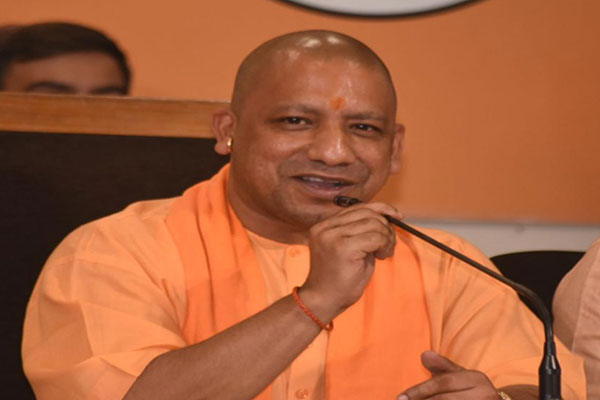Nishant Saxena
A new initiative has been announced by the Chief Minister of Uttar Pradesh, Yogi Adityanath, to support girl students in the state. Under this initiative, if two sisters are studying in a private school, the state government will pay the school fees for one of them. The provision will be included in the budget for the next financial year and will benefit many girl students in primary, upper primary, and secondary schools.
Adityanath had previously stated that if two real sisters are studying in a school, the school management should be requested to waive the fees for one of them. However, if this is not possible, the state government will compensate the fees for one of the sisters.
The Basic Education Department has now submitted a proposal for this initiative and a token amount of one crore rupees will be allocated initially, with more to be added as needed. Seen as a major step towards promoting education for girls in the state, this initiative will reduce the financial burden on families with multiple daughters. With the cost of education continuously rising, this initiative will help to ensure that girls have equal access to education and are not held back by financial constraints.
However, despite this, there are still significant challenges in Uttar Pradesh regarding girl education that need to be addressed. According to the latest Annual Status of Education Report (ASER) 2022, the proportion of out-of-school girls in India has declined to the lowest-ever rate of 2%. However, three states, Madhya Pradesh, Uttar Pradesh, and Chhattisgarh, still remain a cause of concern with over 10% of girls being out of school. “This is even starker as nationally now a lesser number of older girls in the 15 to 16 age group are out of school. Cause of concern, however, are the three states, Madhya Pradesh, Uttar Pradesh, and Chhattisgarh, which continue to have more than 10 percent of these older age group girls out of schools,” the report said.
ASER is a nationwide, citizen-led household survey that provides a snapshot of children’s schooling and learning in rural India. The first ASER survey was conducted in 2005 and repeated annually for 10 years.
